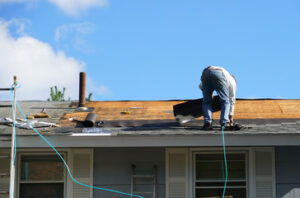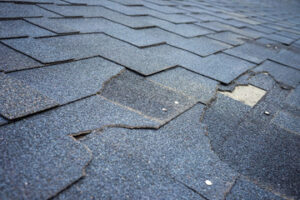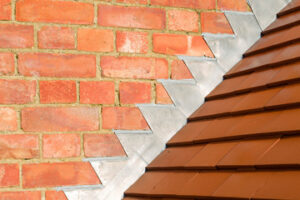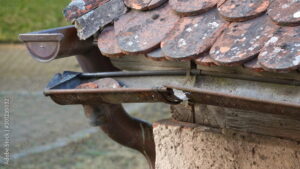Roof Inspection Checklist for Homeowners
Performing a routine inspection of your roof is essential to maintain the longevity of your home. Here are key areas you need to inspect for potential problems:
Shingles
- Visual Inspection: Look for missing, cracked, curling, or damaged shingles. These are indicators that the shingles may have reached the end of their life span.
- Granule Loss: Check for excessive amounts of granules in your gutters or at the bottom of downspouts. Granules protect shingles from UV rays, so loss of granules can lead to accelerated aging.
Flashing
- Chimneys, Skylights, and Vents: Inspect the metal flashing around these structures for signs of rust, cracks, or gaps. Improperly sealed flashing can cause leaks.
Gutters and Downspouts
- Clogs and Debris: Ensure your gutters and downspouts are clear of leaves, twigs, or any other debris. Clogged gutters can lead to water damage on the roof.
- Securement: Make sure gutters are firmly attached and not pulling away from the house, as this can indicate water damage or rot.
Soffit and Fascia
- Rot and Deterioration: Examine the underside of the roof’s overhang (soffit) and th
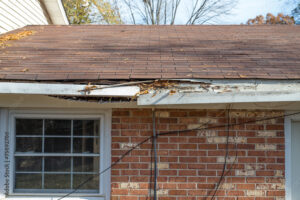
e vertical trim (fascia) for signs of rot and deterioration.
- Pest Infestation: Look for any holes, nests, or evidence of animal or insect presence, as pests can cause further damage.
Roof Structure
- Sagging and Warping: Check for any sagging or warping of the roof. These signs can point towards structural issues that may require professional intervention.
Roof Valleys
- Wear and Tear: Since valleys direct a lot of water, look for wear and tear that might make them vulnerable to leaks.
- Seals: Ensure that the seals in the valleys are intact and not peeling away.
Attic
- Leaks: Inspect the attic for any signs of water penetration which may be evident by water stains or mildew.
- Ventilation: Good ventilation ensures moisture and heat are not trapped in the attic, which can damage the rafters or sheathing and can lead to mold.
Roofing Cement
- Old Patches: Look for signs of aging or cracks in the roofing cement or tar used in previous repairs.
- Excess Amounts: Excess cement can be a sign of a hasty repair job that may not last.
Inspecting your roof twice a year, during the spring and fall, can help catch potential problems early and extend the life of your roof. However, for a thorough assessment, and particularly if you find any of these signs, you should consider hiring a professional roofer to ensure your roof remains in top.
Follow and subscribe to our YouTube channel for tons of Great information.
| www.youtube.com/@GallowayBuildingServices |

